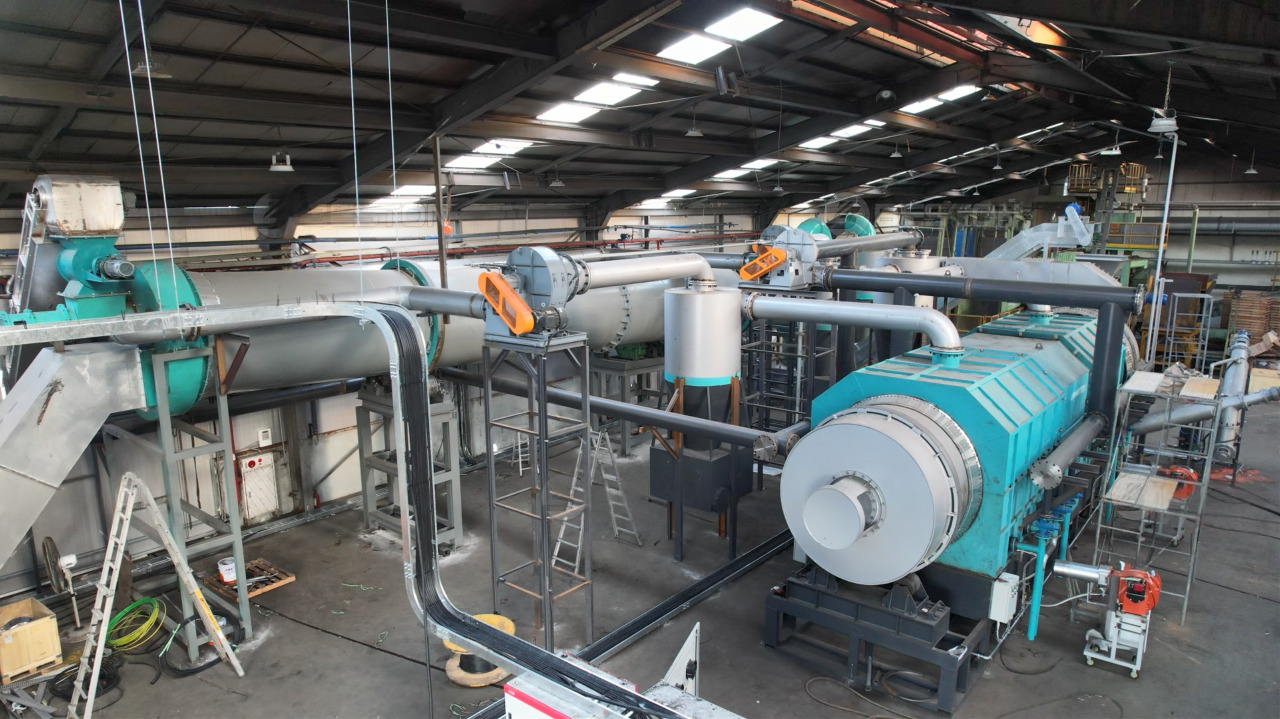Ensuring Safe and Efficient Wood Charcoal Processing
The production of wood charcoal through pyrolysis involves intricate processes that require precise control over both equipment and conditions. Whether it's for industrial-scale production or small-scale operations, the method demands rigorous precautions to ensure high efficiency, safety, and product quality. Wood charcoal processing can be an economically viable venture when managed properly. However, without proper precautions, the risk of inefficiencies, equipment failure, and even hazardous incidents increases. Below, we will outline essential precautions for a successful wood charcoal production process.
Proper Equipment Setup and Maintenance
The foundation of a safe and efficient wood charcoal making machine lies in the proper setup and ongoing maintenance of the equipment. Charcoal production requires heat to break down wood into its components, so the pyrolysis plant must be designed to handle high temperatures and provide airtight conditions.
One critical precaution is ensuring that the pyrolysis plant is installed correctly, with safety mechanisms in place. This includes the use of temperature controllers, pressure relief valves, and automated shut-off systems to prevent overheating or other operational hazards. Ensuring the integrity of seals and gaskets in the pyrolysis chamber also helps in preventing air leakage and controlling the reaction environment. This ensures the process remains efficient and safe from combustible gases.
Additionally, routine maintenance is vital. Regular inspection of key components such as condensers, reactors, and cooling systems can prevent mechanical failures that might disrupt the processing cycle. Parts subject to wear, such as seals or filters, should be replaced periodically to maintain operational efficiency.

Temperature Control and Monitoring
Temperature plays a significant role in the production of wood charcoal. During pyrolysis, wood is decomposed under heat in an oxygen-limited environment. The temperature range for this process generally falls between 400-600°C, and maintaining this precise temperature is essential for achieving optimal charcoal yield and preventing the formation of undesirable by-products.
Excessive heat can lead to the production of more gases and less charcoal, while insufficient heat can result in incomplete pyrolysis, leaving unprocessed wood and reducing the efficiency of the charcoal making machine. The use of high-precision temperature control systems is crucial for ensuring consistency throughout the production cycle. Automated systems can help maintain the desired temperature and adjust the heating elements accordingly.
Constant temperature monitoring is another necessary precaution. Pyrolysis plants should have built-in sensors and alarm systems that notify operators of any temperature deviations. These systems are essential to prevent overheating, which could lead to fires, or underheating, which could result in poor-quality charcoal.
Airflow and Ventilation Management
While wood charcoal processing requires a low-oxygen environment within the reactor, proper ventilation and airflow management are still necessary to ensure the safety of the pyrolysis plant and surrounding environment.
A crucial precaution here is the handling of volatile gases released during pyrolysis. These gases can include methane, carbon monoxide, and other hydrocarbons, which pose significant risks if not appropriately managed. A well-designed ventilation system is necessary to direct gases safely to the condensing unit, where valuable liquids like bio-oil can be collected, and unwanted gases can be processed or vented safely.
Additionally, having a gas monitoring system in place allows operators to continuously check for the presence of hazardous gases in the reactor or surrounding area. When flammable or toxic gas levels exceed safe thresholds, the system should automatically activate safety protocols, such as venting or shutting down the plant.
Safety Protocols for Handling By-products
The pyrolysis process produces various by-products, including charcoal, bio-oil, and syngas. Proper handling and storage of these by-products are essential for maintaining a safe working environment.
Charcoal, while relatively stable, can still pose fire hazards if improperly stored. It should be kept away from sources of heat and ignition. Additionally, the accumulated dust from charcoal can be highly combustible. Regular cleaning of dust buildup and using proper containment methods to store charcoal reduces the risk of fires.
The bio-oil and syngas produced during the pyrolysis process should be stored in sealed, flame-retardant containers. Both by-products are volatile and need to be handled carefully. Bio-oil should be kept in tanks designed to resist corrosion, and syngas should be routed into safe flare systems or stored for later use as fuel.
Employee Training and Safety Measures
For safe wood charcoal production, employee training is a fundamental precaution. Staff members need to be adequately trained in the operation of the pyrolysis plant, with a focus on safety procedures, emergency response, and handling of equipment. Proper training ensures that employees are aware of the potential risks involved in pyrolysis and are prepared to handle emergency situations, such as equipment malfunction or fire outbreaks.
Personal protective equipment (PPE) such as heat-resistant gloves, goggles, and respiratory protection should be worn during operation. Operators should also be trained on fire prevention techniques, especially given the presence of highly flammable materials such as charcoal dust.
Regular safety drills should be conducted to ensure that the team is well-prepared for emergencies. These drills can help identify areas where the safety protocols might be lacking, allowing for adjustments before a real incident occurs.
Environmental Impact Considerations
Finally, it is important to account for the environmental impact of the pyrolysis process. The release of harmful emissions such as carbon dioxide, volatile organic compounds, and particulate matter can have detrimental effects on air quality if not properly controlled. Incorporating advanced filtration and scrubbing systems to treat exhaust gases before they are released into the environment is a critical precaution.
Adhering to environmental standards and acquiring necessary permits ensures the pyrolysis plant operates legally and sustainably. These precautions help minimize the carbon footprint of wood charcoal production and contribute to a greener, more responsible industry.



